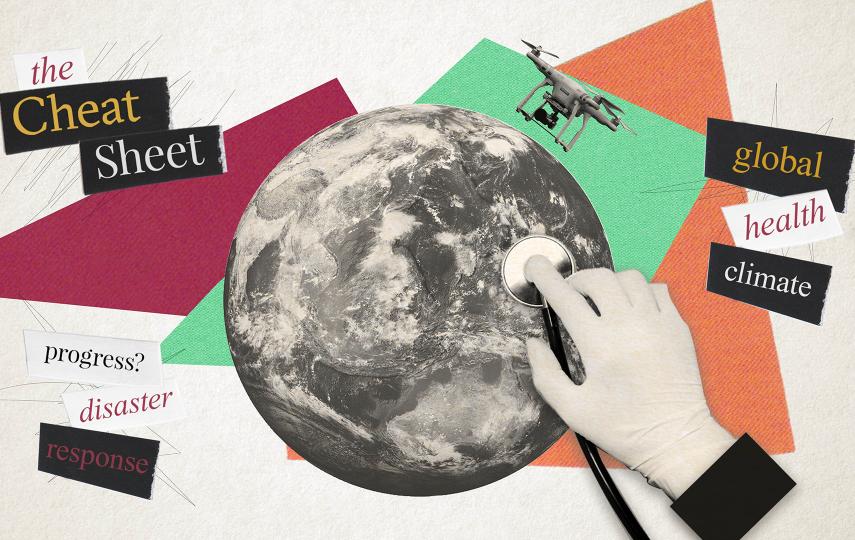JOHANNESBURG
A survey in 10 districts across Zimbabwe has recorded alarmingly high levels of malnutrition among children.
Interviews conducted by the country's Food and Nutrition Council, in collaboration with the Ministry of Health and Child Welfare, showed stunting or chronic malnutrition levels as high as 47 percent among children aged from six months to 59 months on commercial farms.
High rates of wasting or acute malnutrition, ranging between 5.5 percent and 6.7 percent, were noted in the southern provinces of Matabeleland - triple the "acceptable" level of two percent, according to the council.
The high malnutrition levels coincided with high prices for the staple food, maize.
All three nutrition indicators - wasting, stunting and being underweight - were worse among orphans.
"Orphans are three times more likely to be wasted/thin, two times more likely to be stunted and 1.5 times more likely to be underweight than non-orphans," the survey found. The council called for assistance to orphans and vulnerable children to be scaled up.
The UN Children's Fund (UNICEF), which funded part of the survey, said the findings highlighted the need for strengthened funding for ongoing food and supplement interventions.
"The survey supports what UNICEF has said for some time, and it has [made a case for] what we have been working towards - that is, critical support to the country's nutrition and health services," said James Elder, UNICEF's spokesman in Zimbabwe.
"There is an enormous need for children in this country; a need that UNICEF and partners are ready to respond to on a large scale ... for this to happen, a boost in funds is desperately required," Elder said.
"With elections now behind us, we are hoping that the issue of people will override that of politics ... until that happens, life will remain very difficult for Zimbabwean children," he told IRIN.
Among its recommendations the report called for an extension of the surveillance system to all districts in Zimbabwe; an investigation into the poor coverage by vitamin A supplementation programmes; and the inclusion of an HIV indicator in the system.
This article was produced by IRIN News while it was part of the United Nations Office for the Coordination of Humanitarian Affairs. Please send queries on copyright or liability to the UN. For more information: https://shop.un.org/rights-permissions
![Measles campaign to benefit thousands of children [Zimbabwe] Boy - Porta Farm](https://assets.thenewhumanitarian.org/s3fs-public/images/200331824.jpg)




